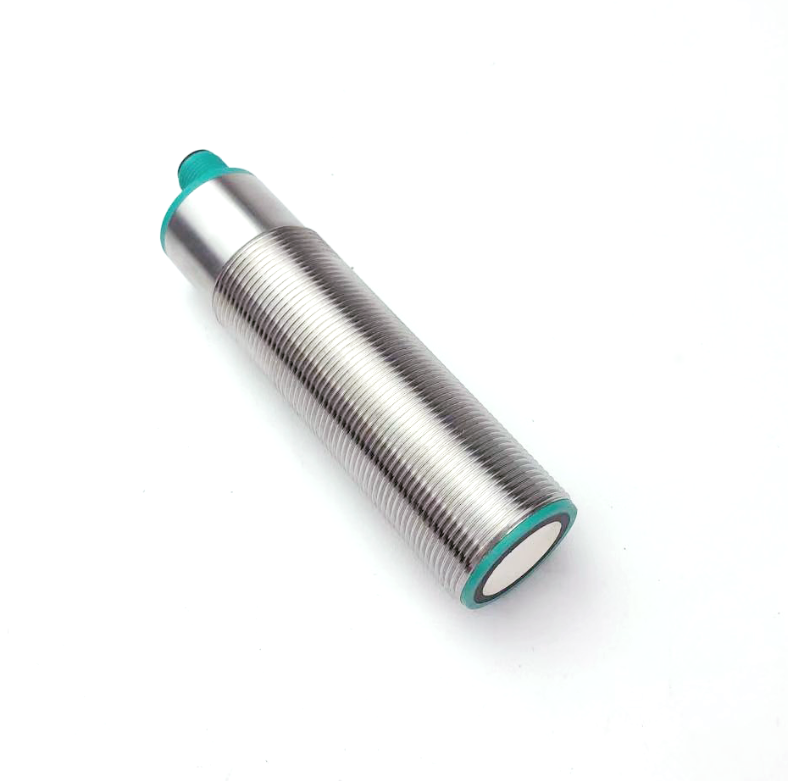Benefits Provided by a Non-Contact Capacitance Level Sensor Based on these advantages, potential customers for a non-contact: This ensures safety in the first place even during contact with various degrees of materials (to prevent process pollution, and to avoid damage probe). Second, it is highly accurate and reliable as its reading remains stable no matter how the process conditions or materials properties change. Also, over time there is little maintenance required so that also reduce the cost of running it. And by using the non-invasive layout of this sensor, installations are simple (even for those hot ovens) and be made on-line without process interruption. These operational efficiencies and cost savings make it an attractive option to organizations looking for ways to effectively control process operations.


